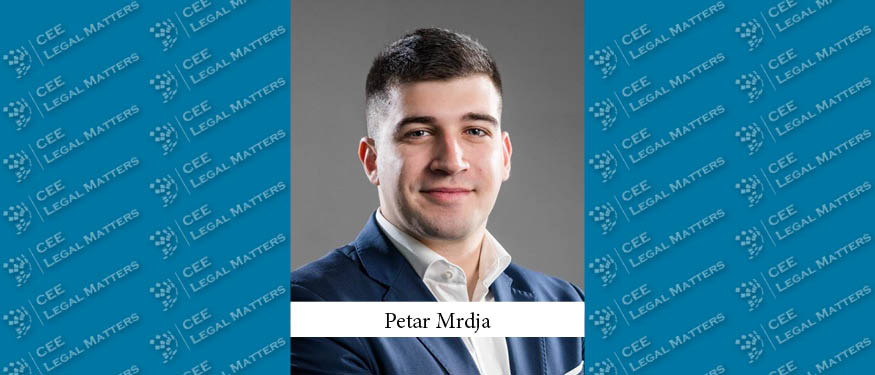Belgrade’s history is a testament to its resilience and adaptability. Over centuries, the city has been a crossroads of civilizations, with each era bringing new rulers, new ideas, and new architectural styles.
From the medieval Serbian dynasties to the Ottoman Empire’s mosques and hammams, and from Austro-Hungarian neoclassical buildings to the brutalist structures of the socialist era, Belgrade has always absorbed the influences of its occupants. Even the scars of World War II and the subsequent socialist reconstruction contributed to its unique urban fabric. However, the reshaping of Belgrade today is unlike anything the city has experienced before. This time, the transformation is not driven by conquest or occupation, but by ambition, investment, and a vision for the future.
The modern era of Belgrade’s reshaping began over a decade ago with the emergence of large-scale development projects. These marked the start of a trend that continues to redefine the cityscape. Among the most significant transformations is the redevelopment of neglected areas, including industrial zones, into vibrant urban spaces. Cities industrial heritage, old factories and mills, once the backbone of Belgrade’s economy, are being repurposed into vivid cultural hubs, office spaces, and residential complexes. This process reflects a global trend seen in cities worldwide, where old structures are either repurposed or replaced by modern developments.
Belgrade’s transformation is taking two distinct paths. On one hand, historic industrial buildings are being reimagined, preserving their facades while introducing new purposes, such as office spaces or cultural venues. On the other hand, entirely new developments are springing up, characterized by modern high-rises and expansive residential and commercial complexes.
One notable example of industrial transformation is the repurposing of former factories into mixed-use spaces. The ongoing redevelopment of a metal products factory is a prime example of this shift, transforming the site into a mixed-use complex. The trend is set to continue with the planned redevelopment of large industrial sites. These vast plots of land, once dedicated to heavy industry, are being rezoned for residential and commercial use, paving the way for their transition into modern urban developments.
Belgrade is following in the footsteps of other major cities that have successfully blended preservation and innovation. In New York, for instance, old warehouses in Brooklyn have been converted into trendy lofts, and London, where the iconic Tate Modern stands as a shining example of industrial revitalization. Tate Modern one of the worlds most famous museums of contemporary art is housed in the former Bankside Power Station. However, Belgrade's transformation faces unique challenges, as the balance between preserving its heritage and embracing modernization becomes increasingly delicate.
In the coming years, the city is set to gain over a million square meters of new developments. This rapid growth will reshape Belgrade’s identity, leaving residents and visitors alike to witness how effectively its architects and planners navigate this transformative period. Will the new architecture harmonize wilt the old, or will it overshadow Belgrade’s historic charm? As the stitches of this urban "surgery" take hold, time will reveal whether the city's latest reinvention enhances its charm and vitality or introduces new complexities to its historic character.
By Petar Mrdja, Associate, JPM Partners


